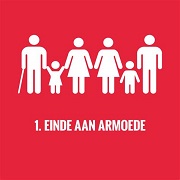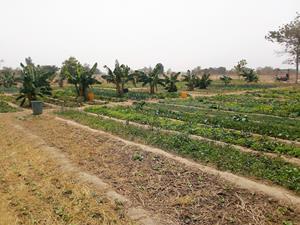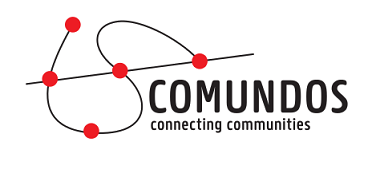SDG1: NO POVERTY

“End all poverty in all its forms everywhere”
At the end of the lesson, the students will be able to.
1. Understand the concept of poverty in all its forms.
2. Understand what SDG1 advocates for.
3. Analyze a chart about the numbers of people living in extreme poverty over a period of time till the Covid-19 pandemic period.
4. Analyze two digital stories based on SDG1.
|
Pedagogical twist |
Activity 1. Brainstorm session through the suggested questions.
Is poverty a worldwide phenomenon?
What is poverty? Is poverty only about income?
SDG1 aims to “End all poverty in all its forms everywhere”. Thus, is poverty all the same? What are the three main categories of poverty?
Access to food is not always possible for those living in absolute poverty. What other basic necessities can’t be accessed when one lives in absolute poverty?
Extreme poverty is the most severe type of poverty. Do you know what is the daily income for those living in extreme poverty? What are the consequences of such low incomes?
Environmental catastrophes (i.e. hurricanes) can exacerbate the conditions of those living in poverty. What other crises could lead to the same consequences?
Is poverty something you notice or witness in the village/city where you live?
What could you do in your daily life to help your neighbourhood achieve this goal?
Possible adaptations: (Online)This activity can be done with the use of online tools (i.e.Jamboard; Miro, Mentimeter).
Note for teachers: this website is a useful source to answer relative, absolute and extreme poverty.
Activity 2. What is this chart showing? What has happened in the world in the last 6 years? Explain the numbers.
Number of people living below $1.90 a day, 2015¬–2017, 2018–2020 nowcast, and forecast before and after COVID-19 (millions). Source: UN
Activity 3:
Watch the two videos first and answer the questions below. This activity can be done in groups (max. 4 students per group) or individually.
 Market gardening in the dry season in TAPOGA, Benin Market gardening in the dry season in TAPOGA, Benin |
|
|
|
-
What is the message the author wants to send in video 1?
-
What is the message the author wants to send in video 2?
-
Would you agree that the training received through BUPDOS and the Alternating Training Centre have been a springboard to a brighter future for the protagonists of the two stories? Why/ Why not?
-
Do you think that facilitating access to education (school, training, etc.) in rural areas of the world could be a key factor to eliminate poverty? What other key factors could contribute to achieving this goal?
Resources to link to Activity 1 (brainstorming session):
-
UN Report_2021 explains the consequences of the Covid-19 pandemic in the achievement of SDG1.
-
This website shows and explains all the SDG1 targets.
-
Take Action on Goal 1: No Poverty explains actions students can take in order to help eradicate poverty.
Additional material:
-
Dollar street helps with visualizing the difference between facilities and sources within families worldwide based on income. By moving the house icons on the bar and stretching the gap, students can “visit” families and learn about their homes in terms of tools, food, etc. It is a very interesting and visual way to learn. More information about Dollar Street can be found here.
-
People Against Poverty - The Challenge projects shows some successful charity projects in Romania that worked for the eradication of poverty.
“Our Creative Director, Josh has been working on this project on and off for years now, with multiple trips out to Romania, hundreds of hours worth of footage and some incredible stories to tell. He's finally put the finishing touches on what is an incredible story for an amazing charity”
-
https://www.eight.world/ is another successful project worth sharing. Statistics on impact can be found here.
Other SDG1 Videos of Comundos:
A gift for Comundos
Over the years, Comundos has helped remote communities around the world by teaching critical thinking, media literacy and the use of communication technology.
To do this effectively, we need your support for computers, translations, courses and social media management.
Thank you .
BE11 1030 2973 8248





 Surviving through COVID-19 times
Surviving through COVID-19 times